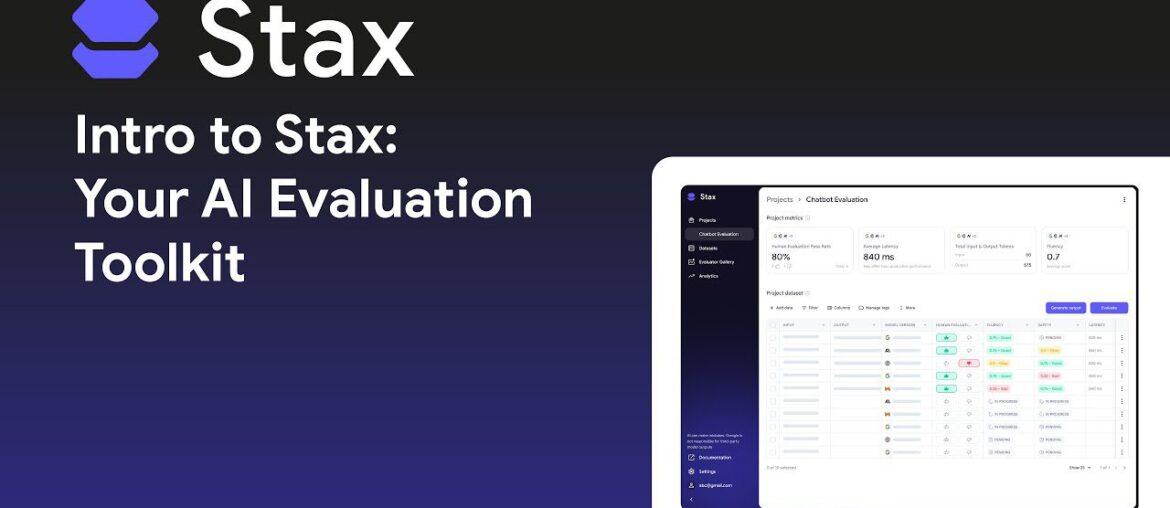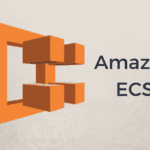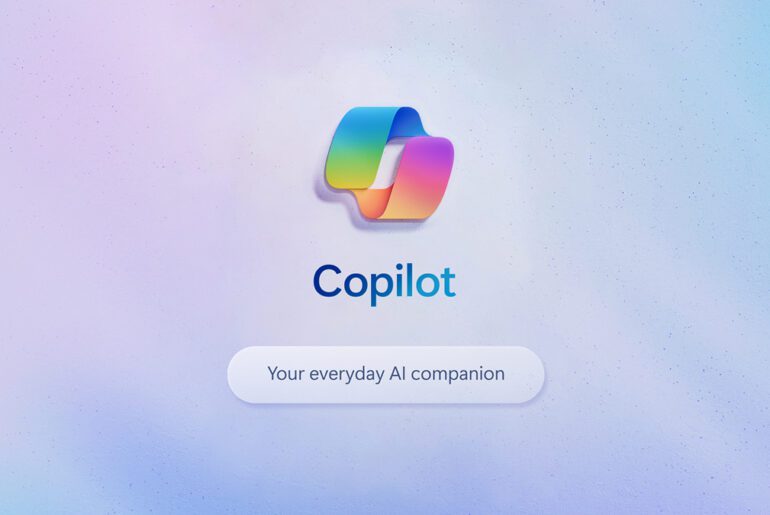In the booming world of generative AI, one question haunts every team building with large language models: how do you know your model is really better — and not just “feels” better? Google is trying to answer that question with Stax, a framework aiming to turn subjective judgments into repeatable, data-driven evaluation.
For many developers, evaluating AI has been a messy ritual. You try a prompt a few times, eyeball the responses, tweak things, and hope you’re improving. Google bluntly calls this “vibe testing” — and with Stax, it wants to make that unscientific method obsolete.
Instead, Stax offers a way to build benchmarks tailored to your use case, not rely on generic leaderboards. You can upload your data or even generate synthetic datasets via LLMs, then test models across metrics like fluency, factual grounding, safety, and more — or even define your own custom evaluators.
At the heart of Stax is the concept of an LLM functioning as a “judge” — a grader that, given a prompt, scores the model’s output across categories (0.0 to 1.0) using instructions you provide. To ensure reliability, Google recommends calibrating these auto-raters against trusted human judgments, and then refining them iteratively.
It might sound nerdy, but the implications are profound. In the AI gold rush, every startup and big tech team faces the same dilemma: with dozens of powerful models available (OpenAI, Anthropic, Mistral, Google’s own Gemini, etc.), how do you choose the one that actually works for your problem? Stax aims to give teams a toolset to answer that question with data, not guesswork.
That improves more than selection. Prompt engineering and fine-tuning may sound creative, but their success is often murky — did this tweak help or just add noise? With Stax, you can quantify which changes truly move the needle. And when your system is a multi-agent architecture (chatbots, tool calls, orchestrations), you need consistent benchmarks to ensure components work reliably together — something Stax claims to support.
On the competitive front, Stax enters a crowded neighborhood full of tools like OpenAI Evals, DeepEval, MLFlow LLM Evaluate, LangSmith, Arize, and others. Each takes a somewhat different approach. But Google’s scale, access to its own models (e.g. Gemini), and the “free in beta” positioning give Stax a punchy starting point.
Yet, as with all AI tooling, credibility will hinge on adoption and trust. Auto-raters must align with human judgment, biases must be controlled, and the platform must prove it can scale and adapt to real complexities. If developers find the system too opaque or inflexible, they may default back to hand-crafted tests or third-party frameworks.
In the blog post announcing Stax, Google argued that LLMs demand a different testing paradigm from traditional software: the same input can yield different outputs, so you cannot rely on deterministic unit tests. You need systematic eval loops.
AI development is moving from exploratory hacks to disciplined engineering. The days when you ship a “better prompt” because it feels better may be numbered. With Stax, Google is betting that future teams will demand evidence for every improvement in their AI stack.
For developers frustrated by subjective comparisons, glitches between models, and inconsistent results across prompts, Stax offers a lifeline. If it delivers on its promises — customizable raters, scalability, trustworthy auto-judges — it could become a core part of how AI systems are built in the next era. But it has to prove it works under real pressure.










